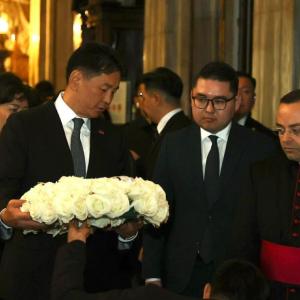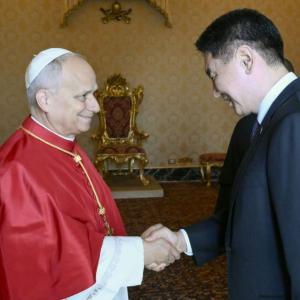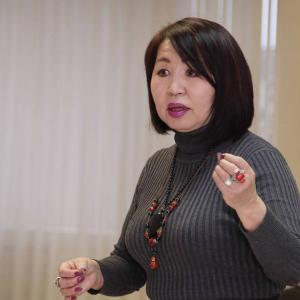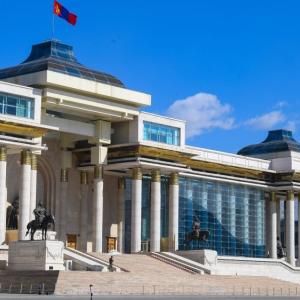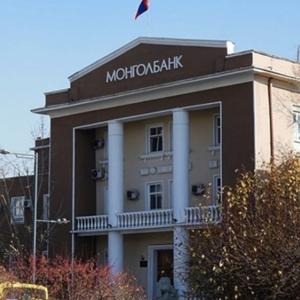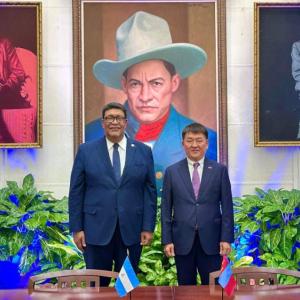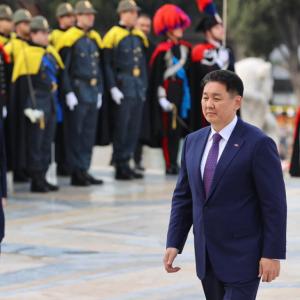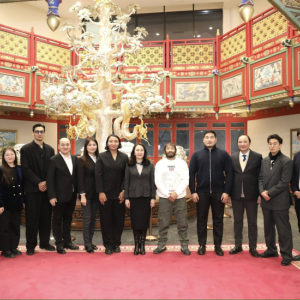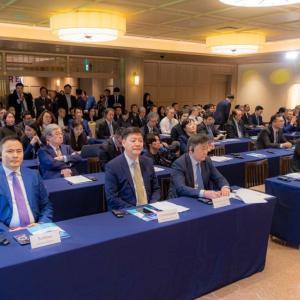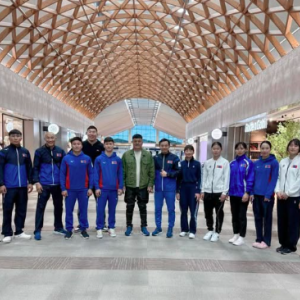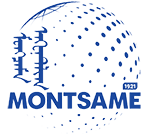Priceless Artifacts Once Used by the Queen Consort Exhibited
Society
Ulaanbaatar, September 16, 2025 /MONTSAME/. The annual “Autumn at the Royal Palace” event, organized by the Bogd Khaan Palace Museum, officially opened with a display of the fine art exhibition “Ulsyn Ekh Dagina Dondovdulam” along with the presentation of a three-part book to visitors.
At the event, the museum has selected and unveiled rare, unique treasures from the collection of personal items used by Ekh Dagina (Queen Consort). Highlights include garments worn by Dondovdulam Khatan made exclusively from the breast plumage of peacocks and decorated with gold buttons set with coral and pearls, and a belt dagger with gilded fittings, a jade hilt, and tiger’s-eye inlay.
Also, on display are jade “khuurug” (snuff bottles), “erkhi” (prayer beads), turquoise censer, jewelry featuring rubies and coral, gilded gold “jins” (hat insignia stone indicating the rank distinctions of nobles and officials), necklaces of silver, coral, pearls, and aquamarine, a jade ashtray, pipes, cases, and clasps, a jade pillow, head ornaments such as the pendant known as “khorol bel,” as well as other finely crafted items of precious and semi-precious stones from the early to mid-twentieth century, which draw considerable interest from the public.


A distinctive feature of the attire of the Bogd Khaan and the Ekh Dagina was the constant use of coral and pearls. Coral symbolized the blood and suffering of the people, while pearls represented their tears, signifying that the sovereigns bore their subjects’ hardships and sorrow. Naturally, such pieces richly adorned with coral and pearls were of great value.
Director of the Bogd Khaan Palace Museum, Ts. Erdenebaatar highlighted that every exhibit is significant, from the golden and silk investiture decrees of the Khaan and Khatan, which are registered as unique precious heritage, to all the other items.
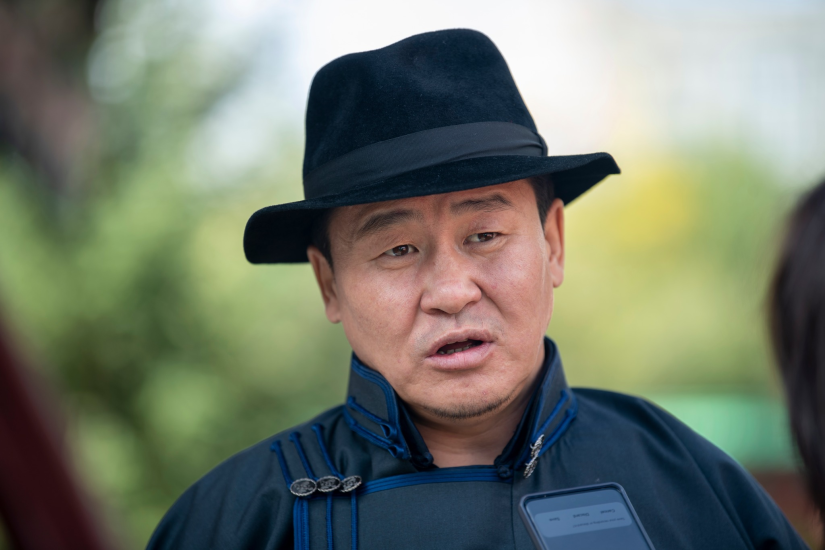
This exhibition also presents a picture book, “Ekh Daginy Tuukh” by Honored Cultural Worker of Mongolia Shuudertsetseg Baatarsuren, as well as paintings by artist Gereltsetseg Bazardaram featured in that book. Additionally, the event features “Ulsyn Ekh Dagina Dondovdulam,” a volume compiled by the museum that brings together research works and archival materials about the Queen Consort.
In commemoration of the 150th birth anniversary of Queen Consort (marked last year), writer Shuudertsetseg and artist Gereltsetseg created a children’s picture book, which is now being presented.
As part of the opening of “Autumn at the Royal Palace,” fourth-grade students of the Goethe School toured the museum, participated in a vegan food day, a traditional round dance, and the educational programme “The Elephant in the Cap.” In addition, embroidery classes promoting traditional crafts were held.
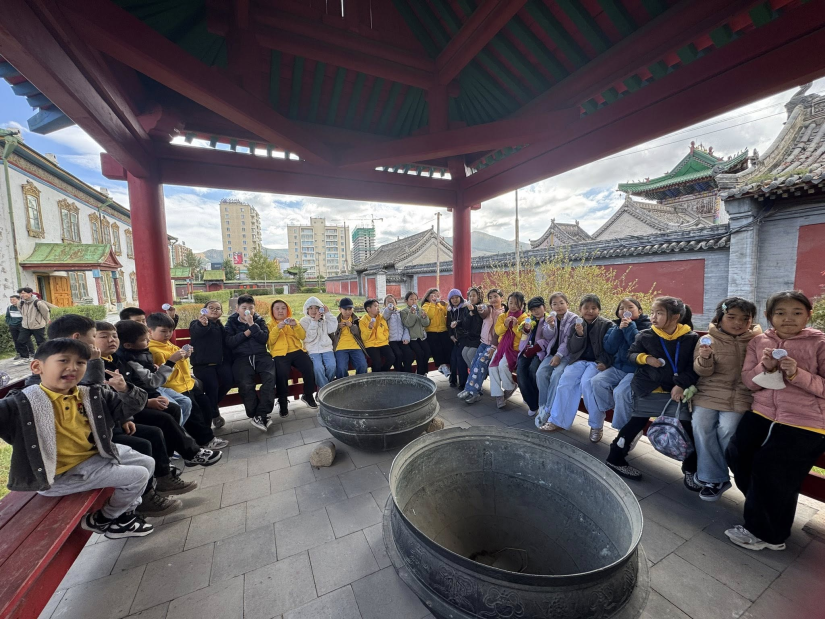
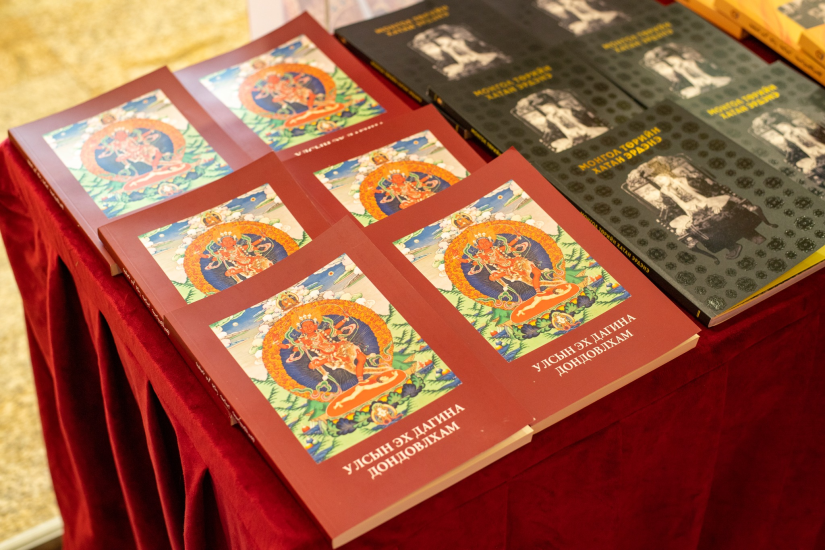
Dondovlhkam was born to Tsend Yumaa, a commoner of the Khuvchiin Jonon Van Tsanligdorj’s khoshuu in Setsen khan aimag, on the fifteenth day of the last autumn month of 1874, and was given the name Dungaa by her parents. At the age of 22, in 1896, when the Eighth Bogd Javzandamba Khutagt took up residence at Amarbayasgalant Monastery, Dungaa went on a pilgrimage to pay respects at the mound of Undur Gegeen and met the Bogd Javzandamba Khutagt. Dungaa subsequently became his consort and the Queen Consort of Mongolia. This was the first instance of a Bogd Khaan taking a wife. When she was presented publicly in 1902, she was proclaimed Dondovlkham, meaning “creative goddess,” by which name she became widely known. Historical chronicles record her name in various forms, including Dondovlhkam, Dondoglkham, and Dondogdulam. This reflects the Mongolian custom of avoiding and altering the names of eminent persons, as noted in a 1912 decree of the Bogd Khaan.

The exhibition “Ulsyn Ekh Dagina Dondovdulam,” which runs until September 22, offers admission to adults and students on a two-person-per-ticket basis. Senior citizens, individuals with developmental challenges, and children are admitted free of charge.
The Bogd Khaan Palace is Mongolia’s first museum and houses the richest collection of exhibits. The palace was built between 1893 and 1903 and consists of five main sections: the Summer Palace and the Winter Palace, the Amgalan Enkh Gate, the Asart Three Gates, and the Yanpai Gate.
 Ulaanbaatar
Ulaanbaatar











